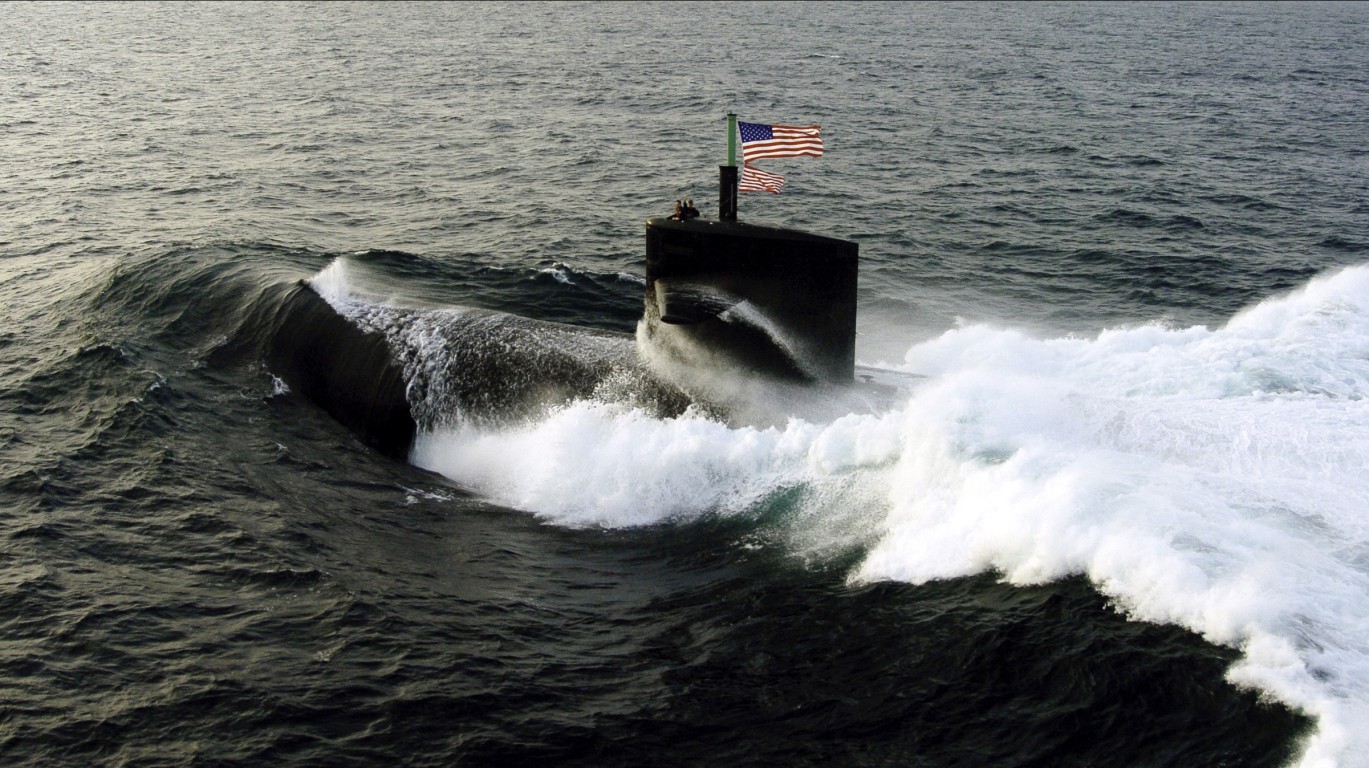
Last Wednesday The Boeing Co. (NYSE: BA) reported first-quarter 2018 results that pushed the share price up more than 4% for the day. On one hand, the company’s first quarter was as solid as management said it was. On the other hand, there were some significant omissions.
To review: Boeing reported adjusted diluted earnings per share (EPS) of $3.64 on revenues of $23.38 billion. In the first quarter of 2017, the company reported EPS of $2.17 per share on revenues of $21.96 billion. First-quarter results smashed consensus estimates for EPS of $2.58 and $22.24 billion in revenues.
The company also raised its full-year cash flow estimate and its estimate for EPS. All of this was music to investors’ ears.
In its Form 10-Q filed with the U.S. Securities and Exchange Commission (SEC), Boeing reported a few warts that did not get mentioned in the company’s press release or discussed in the conference call that followed.
As of the end of 2017, Boeing had reported total reach-forward losses of more than $2.4 billion on its $4.9 billion fixed-price contract to build 179 KC-46A refueling tankers for the U.S. Air Force. The bad news in the first quarter was that Boeing added to those reported losses. The good news is that the incremental $81 million in reach-forward losses was relatively small compared to the $329 million reported for the third quarter of 2017.
Boeing has made progress on the remaining issues with the new tanker and is preparing to submit its flight data to the Federal Aviation Administration.
Boeing’s other issue is the grounding of 787 Dreamliners due to a problem with the Rolls-Royce Trent 1000 engines that are one of the engine choices available to Boeing customers. Both the U.S. FAA and the European aircraft safety agency have placed restrictions on the distance a 787 may fly from a diversionary airport in the event one of the two 787 engines fails.
According to Scott Hamilton at Leeham News, a total of 32 Dreamliners are currently grounded as a result of the issue with the Trent engines. Hamilton notes that the safety restrictions on the planes “balloon the costs on trans-ocean flights and render trans-polar flights impossible.” Someone, most likely Rolls-Royce, will have to pay compensation to airlines.
For Boeing the problem manifests itself in slower deliveries of new Rolls-Royce engines for new 787s. The issue–cracking blades in the engine’s compressor–can apparently be mitigated by a software change that prevents the engine from operating at continuous maximum power. The hope, according to Leeham News, is “to enable airplanes to get back into the air or restore ETOPS. No timeline has been established for this possibility.”
Until a fix is approved 787s that were destined to receive Rolls-Royce engines will be competing with airlines-owned 787s that can’t fly until the engines meet regulatory requirements. If Rolls-Royce and Boeing direct the engines to existing planes, Boeing’s cash flow could take a hit. If the replacement engines are directed to newly build 787s, existing customers will not be happy. Boeing almost certainly has a plan to deal with this, but it has so far not revealed what that plan is.
Get Ready To Retire (Sponsored)
Start by taking a quick retirement quiz from SmartAsset that will match you with up to 3 financial advisors that serve your area and beyond in 5 minutes, or less.
Each advisor has been vetted by SmartAsset and is held to a fiduciary standard to act in your best interests.
Here’s how it works:
1. Answer SmartAsset advisor match quiz
2. Review your pre-screened matches at your leisure. Check out the advisors’ profiles.
3. Speak with advisors at no cost to you. Have an introductory call on the phone or introduction in person and choose whom to work with in the future
Thank you for reading! Have some feedback for us?
Contact the 24/7 Wall St. editorial team.


